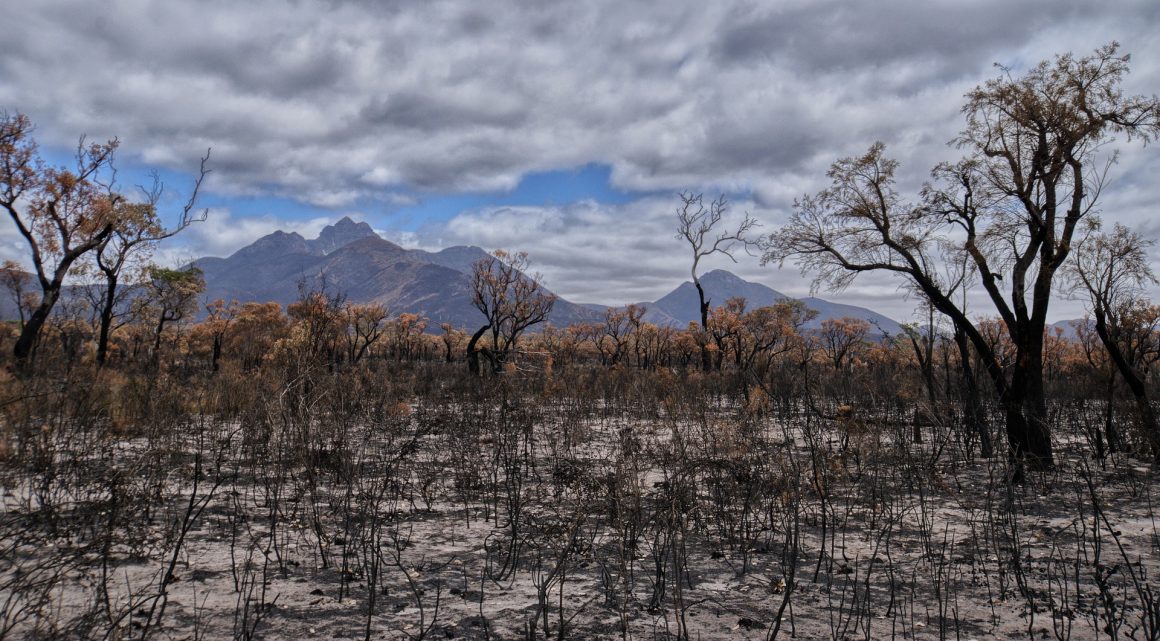
Lessons learned from Australia’s wildfires
By Patricia Sharleen, March 26 2021—
Firefighters say that some split second decisions can determine whether a wildfire lasts 15 minutes or goes on for weeks. For Australia, it happened to last more than 240 days.
During the first half of 2020, Australian states were ablaze, an image of taunting infernos, destroying everything in its path. Amongst others, its southeastern state, New South Wales, was the hardest hit. This particularly devastating widespread bushfire crisis resulted in at least 18.6 million hectares of land burned across states, 33 casualties and more than 1 billion wildlifes dead. Yet, experts say that the full extent of impacts won’t even be known for years to come. This is especially true when figuring out the effects of the estimated 830 million tonnes of carbon dioxide emitted, and the complex role it takes on within the positive feedback loop of fire impacting climate and climate impacting fire.
The fire started in June 2019, and due to increased temperatures and prolonged drought, worsened in November. By March 4, 2020 all fires were either extinguished or contained, although the wildfire was officially declared to have ended in May 2020. Boxing in the perimeters of major bushfires and controlling them in places like Mallacoota, Bairnsdale and Kangaroo Island took heavy rains — more than 15.7 inches — causing many other places to be flooded. With human-caused climate change both prompting extremely dry and hot weather as well as intensifying the heaviest downpour, is there anything to learn from this wildfire?
Mild Bushfire seasons can still spell disaster
2019 broke records for the warmest and driest year in Australian history, with daily average maximum temperature being 2 degrees celsius above long term average. The average rainfall was 277mm, a decrease from the previous record of 314mm set in 1902. As average global temperatures climb each year, making dry seasons longer, Australia’s bushfires are predicted to not only continue to occur but get worse and more unprecedented. However, this does not mean that milder bushfire seasons won’t occur amidst record high ones.
Severe Australian bushfire seasons usually occur when the Indian Ocean Dipole combined with El Niño to reinforce dry conditions
El Niño Southern Oscillation (ENSO) is one of the most important climate drivers across the globe. According to the Australian Bureau of Meteorology, ENSO is a natural cycle in Pacific ocean temperatures, winds and clouds that can influence extreme climates. ENSO has three phases — El Niño, La Niña and neutral. Weather during an El Niño phase is typically hot and dry.
The Indian Ocean Dipole is a phenomenon that refers to the difference in sea-surface temperatures in opposite parts of the Indian Ocean. The Indian Ocean Dipole has three phases — Positive, negative and neutral. Positive phase refers to the condition in which the western part of the ocean is warmer than the eastern part. On the other hand, a negative phase means that the western side is colder than that of the eastern side. A positive Indian Ocean Dipole means a wetter west and drier east, which often coincides with El Niño, intensifying the effects of dry weather, leading to worse seasonal bushfires.
With warming of climates everywhere, established relationship between Climate Drivers and climate may be breaking down
Historically, Australia’s hottest years were associated with El Niño events. In recent years however, even traditionally cooler La Niña years are warmer than many El Niño years of the past. While the exact effect of this is not yet determined, it suggests that the previously determined relationship and trends might be saturated with human related influences on climate, creating a whole array of complex factors that needs to be added to the equation. Amongst other things, this means that history might no longer serve as useful a guide as previously thought, which might lead to more inaccurate predictions and can ultimately cost lives.
The inner workings of the natural fluctuations in climate and human-caused climate change is important yet complex. Time is needed to fully understand each climatic contribution that led to this devastating bushfire season. An intimate understanding of historic wind and weather patterns, temperatures and rainfall trends are needed to evaluate where we are now, and where we are heading if global carbon emissions are not curbed. Without the necessary reforms, these fires will become our new normal.
